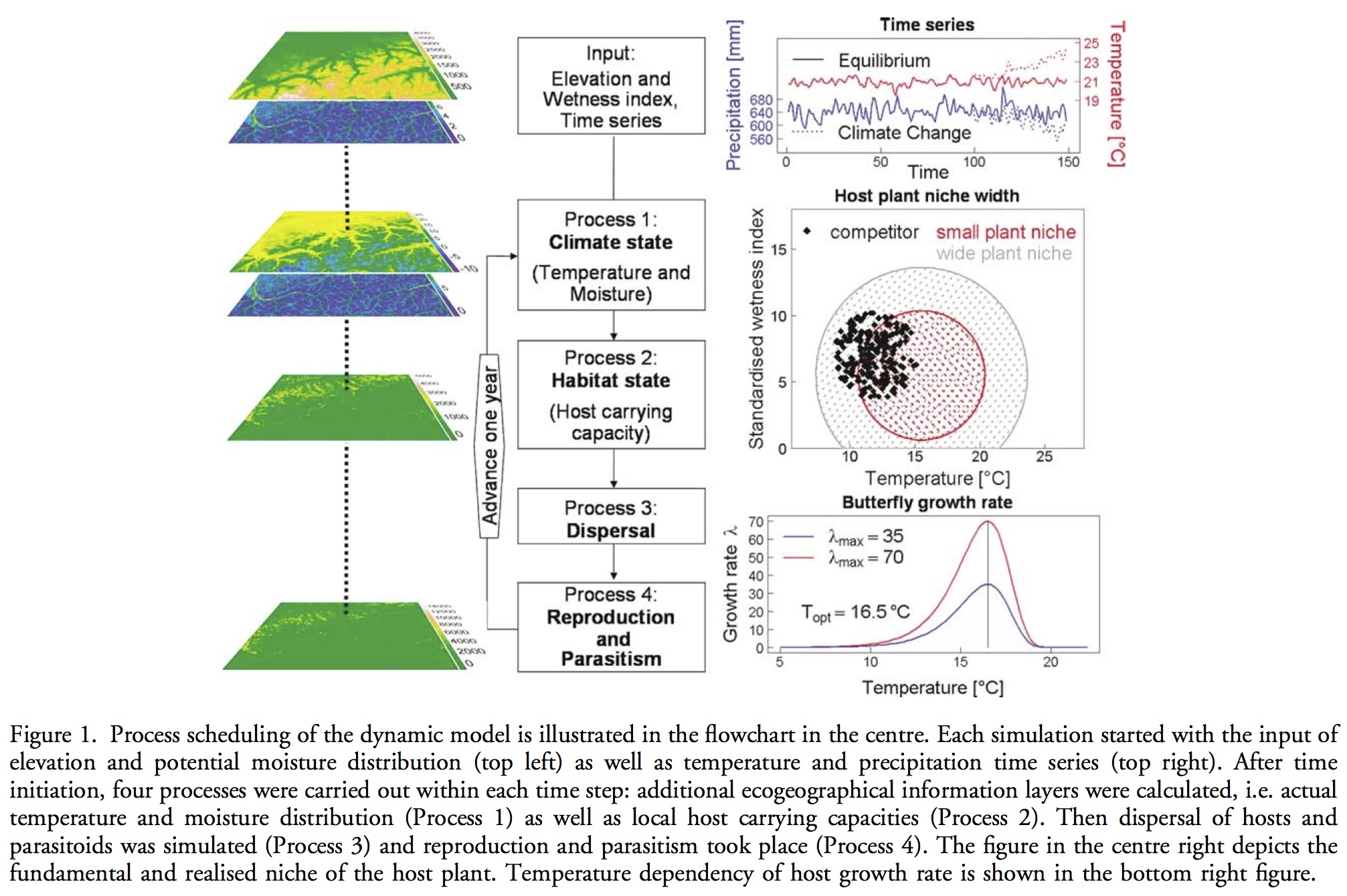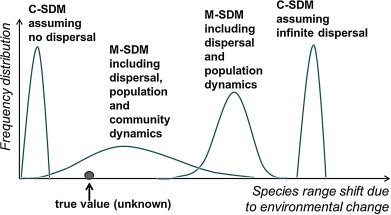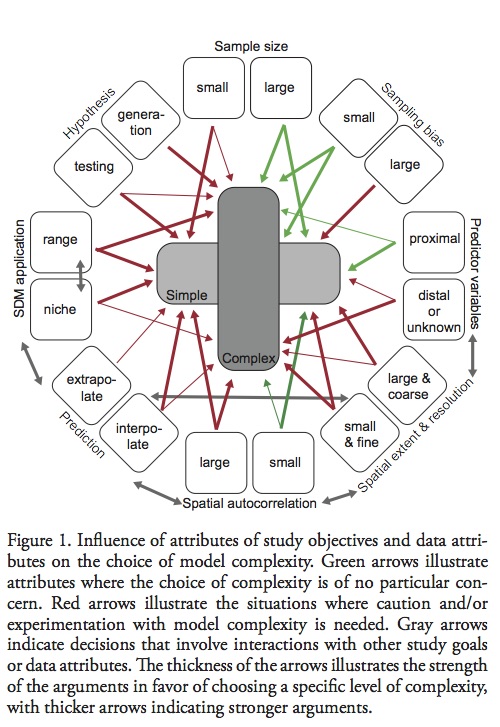Leathwick, J., Moilanen, A., Francis, M., Elith, J., Taylor, P., Julian, K., Hastie, T. and Duffy, C. (2008), Novel methods for the design and evaluation of marine protected areas in offshore waters. Conservation Letters, 1: 91–102. doi: 10.1111/j.1755-263X.2008.00012.x
Marine protect areas (MPAs) are essential to buffer marine populations from human impact. While there is consensus for a global network of MPAs, they only currently protect 0.6% of the oceans. A major hurdle is determining areas that maximize conservation benefits while minimize economic loss of fisheries (due to excessive reserve size). This paper provides an analytical guide to finding this balance while incorporating:
(1) realistic interpolation of species distributions based on biological and environmental data; (2) ability to handle relatively fine-scale data over large geographic areas; (3) obviation of the need for prior definition of planning units; and (4) identification of a nested set of reserve solutions that comprehensively describe trade-offs between conservation benefits and reserve extent.
The authors applied this guide to the waters off the coast of New Zealand; by law 10% must be MPAs. 96 bottom dwelling fish species’ distributions were predicted by a boosted regression tree using catch data from 21,000 research trawls. Environmental predictors were chosen based on functional relevance, including: trawl depth, temperature, salinity, primary productivity, and zone of ocean mixing/currents. The BRT was built using 17,000 trawls, and validating on the remaining. Given that the data was zero-skewed (many absences)2 BRT models for each species were built- the first predicted the probability of catch from presence absence, while the second was fit to trawls where that species was occurred. Both models were evaluated with AUC. These models were then used to make environmental – based predictions for the catch per unit effort for each species for the 1.59 million grid 1 x 1 km surrounding New Zealand. These predictions were based on fixed trawl parameters. The probability and catch predictions were then multiplied together to form one predictive data layer for each species. This layer was then fed into MPA design software.
Depth, temperature, and salinity have the strongest contributions to predicting species distributions. Together they accounted for roughly half of the variation in catch. The distribution BRT models had high predictive ability when assessed using cross validation and in predicting independent trawls (AUC range 0.86 – 0.99).





